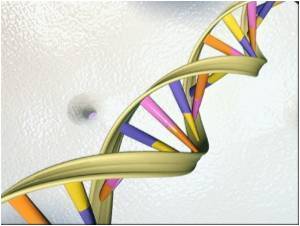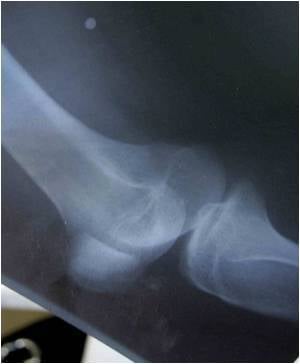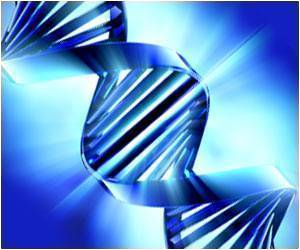New research by UC Davis and University of British Columbia has now revealed important aspects about methylation, a process that controls gene expression.

Since it was unraveled more than ten years ago, the human genome has been the focus of both popular interest and intense scientific focus. But the genome doesn't act alone; there are many factors that influence whether genes are turned on or off. One of these is an epigenetic process called methylation, in which a group of carbon and hydrogen atoms (a methyl group) attaches to DNA, adjusting how genes are expressed.
"I like to think of epigenetics as a layer on top of your genetic code," said senior author Janine LaSalle, professor of medical microbiology and immunology. "It's not the DNA sequence but it layers on top of that — and methylation is the first layer. Those layers provide a lot of information to the cells on where and when to turn on the genes."
How and when genes are activated (or inactivated) can have a profound impact on human development, cancer and the biological legacy of environmental toxins. Prior to this research, PMDs had only been found in cultured cell lines, which led some scientists to wonder if they existed outside the test tube. This study confirms they exist in placental tissue, a critically important window into fetal development.
"The placenta is the interface between mother and fetus," said LaSalle, who is a researcher affiliated with the UC Davis MIND Institute. "It's a time capsule from when a lot of important methylation events occurred."
In addition, placental tissue was interesting to study because it has a number of invasive characteristics often associated with cancer. In fact, a number of cancers, such as breast and colon, have widespread PMDs. LaSalle notes that anti-cancer epigenetic therapies that adjust methylation could be refined based on this improved understanding of PMDs.
Advertisement
"Methylation patterns are like fingerprints, showing which tissue that DNA is derived from," LaSalle said. "You can't get that information from just the DNA sequence. As a result, methylation studies could be a very rich source for biomarkers."
Advertisement
Because the placental PMDs contained many genes associated with neuronal development, and specifically autism, LaSalle notes that future research could investigate how epigenetics impacts autism genes at birth.
"We are looking for biomarkers that predict neurodevelopmental outcomes," LaSalle said. "Now we have a series of snap shots from a critical period where we think environmental factors are playing a role in the developing brain."









